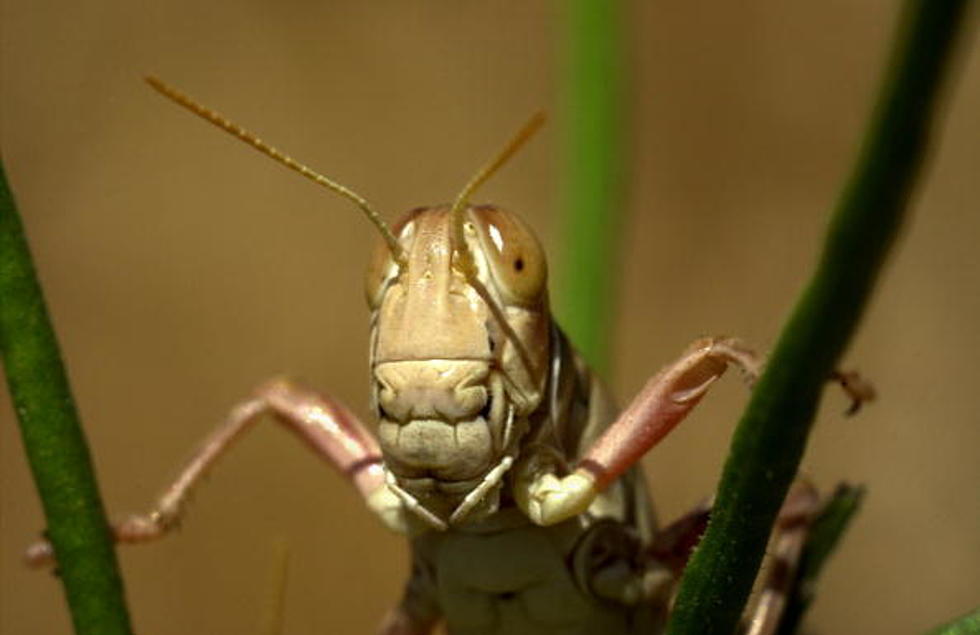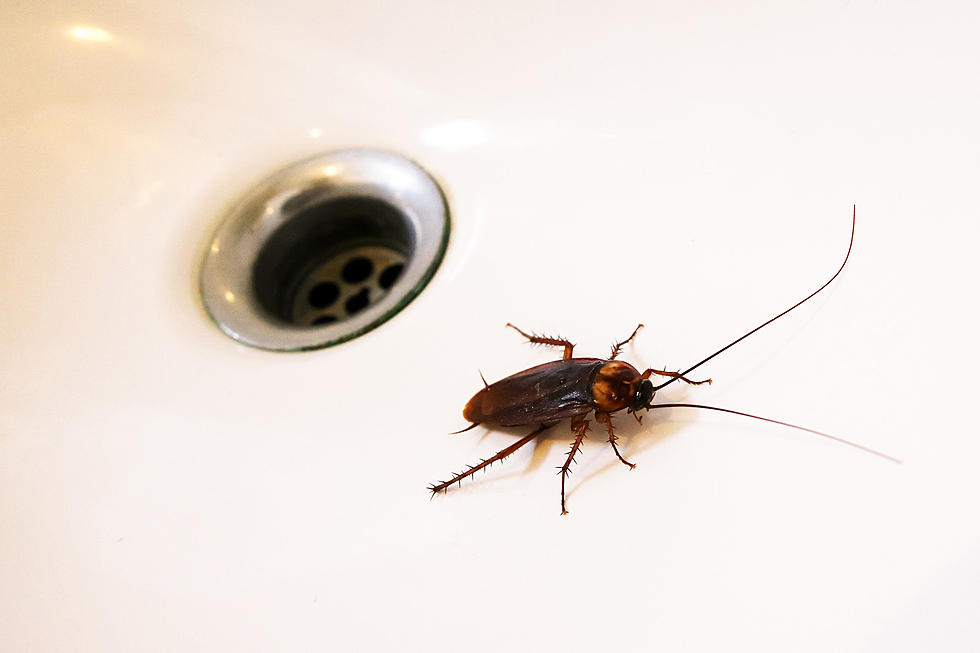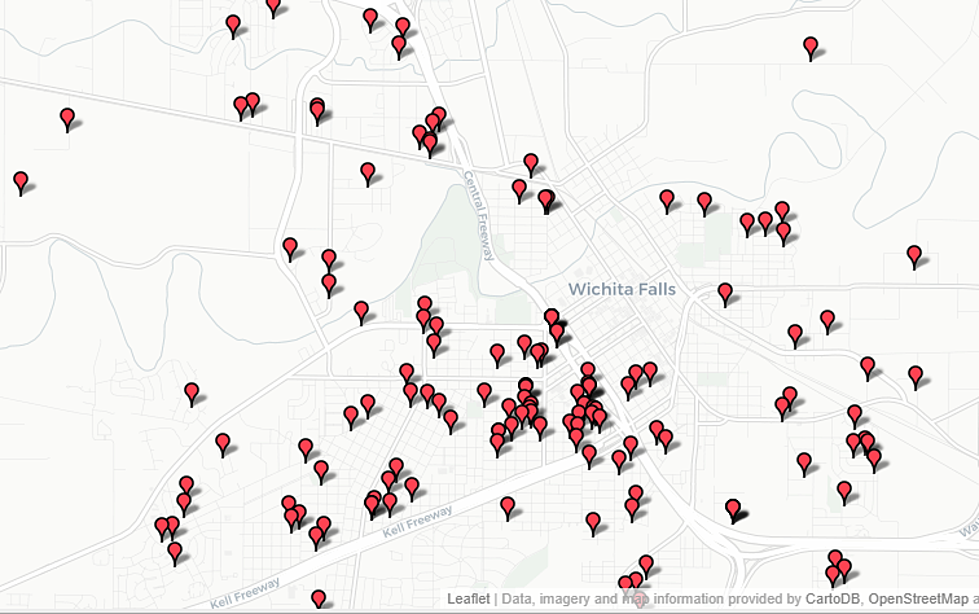
Why Are There So Many Grasshoppers in Wichita Falls?
By Gavin Belle
Everyday you see them jumping and skipping about. Enjoying their lives without much of a care. Whether it’s relaxing in the backyard or watching the traffic pass by while sitting on the front porch, they never fail to find just the right way to let you know where they are and just how many friends they have with them. Yes, big or small it doesn't matter, grasshoppers are becoming a bit more than just a bother here in Wichita Falls.
They are everywhere and their numbers are only increasing, and if you ask local exterminator David Shoop Jr., we maybe in for a fight of biblical proportions.
We have large populations of grasshoppers every year, but the real danger here is what you think you're seeing is a grasshopper when the truth is you are actually seeing locusts,
According to Shoop what we are experiencing at the moment is a larger than normal hatching of grasshopper eggs. These eggs where laid in the fall and incubated over the winter then hatched in spring and will become fully mature over the rest of the year. Nothing wrong with Mother Nature doing her thing, it is the circle of life after all, but why so many and why now?
“We have large populations of grasshoppers every year, but the real danger here is what you think you're seeing is a grasshopper when the truth is you are actually seeing locusts,” says Shoop.
Schistocerca gregaria, or Locust is actually the swarming phase of a particular breed of grasshoppers. This brand of hopper is usually identified by its darker brown like color, and multiples at a much faster rate than regular species. Once they are enough grasshoppers around they begin emitting a hormone that causes the change in behavior that locust are known for – nomadically flying about and devouring everything in sight, most green vegetation.
“Once they begin to swarm there really isn’t much that can be done to stop them.” said Shoop.
With the current drought making ample amounts of warm dry soil available, the conditions couldn’t be better for breeding. However, the invasion isn’t completely unstoppable. So what can you do to help combat the looming bug take over?
Shoop suggests being proactive about the problem. If you notice a large number of green grasshoppers around give your local exterminator a call. They can come take care of the problem for you. Or if you are a D.I.Y. kind of guy like I am, ask your exterminator about what chemicals are available and he can surely point you in the right direction. Shoop’s chemical of choice is Tempo SC© which retails for about $60. It is strong enough to work almost immediately and sticks around long enough that when other grasshoppers feed on their fallen friends they too bite the dust (couldn’t resist that one). There are other chemical treatments out there so know what you are getting yourself into - do the research - and always remember to follow the directions and wear all suggested protection.
FUN FACT: some cultures have invented a unique ways of dealing with their grasshopper overpopulation, they eat them.
More From 92.9 NiN




![Best Swimming Holes in Texas [PHOTOS]](http://townsquare.media/site/142/files/2019/05/Hamilton-Pool-Corey-Van-Zandt-10.jpg?w=980&q=75)

![Halloween Haunted Houses and Events in the Wichita Falls Area [2018]](http://townsquare.media/site/175/files/2013/09/2143669751_d144457163_z.jpg?w=980&q=75)
![Best Halloween Pumpkin Patches in Wichita Falls [2018]](http://townsquare.media/site/153/files/2012/09/pumpkin.jpg?w=980&q=75)


